Deoksugung Palace (덕수궁)
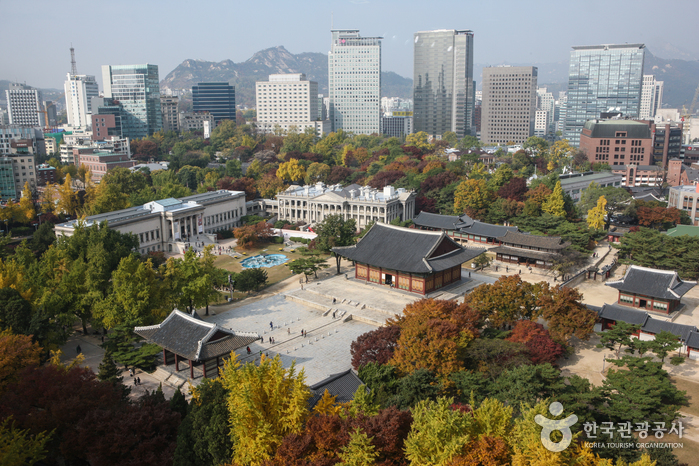
Introduction
Located at the corner of Seoul's busiest downtown intersection, Deoksugung Palace is famous for its elegant stone-wall road. It is also the only palace that sits alongside a series of western style buildings that add to the uniqueness of the surrounding scenery. Deoksugung Palace originally belonged to Wolsandaegun (1454-1488), the older brother of King Seongjong (1469-1494) of the Joseon Dynasty. It became a proper palace when Gwanghaegun (1575-1641) ascended to the throne and gave the palace the name Gyeongungung in 1611. Afterwards, the name was then changed back to its orginal title of Deoksugung.
Upon entering Deoksugung Palace and Daehanmun, visitors will cross the wide bridge of Geumcheon. The king's carriage would pass over this bridge during ancient times. The Beopjeon Building Junghwajeon is very stately, revealing its long history. The Jeukjodang Building received its name from Gwanghaegun and In-Jo, who both ascended to the throne here. The front sign on Jeukjodang was written personally by Go Jong in 1905 after he became king. Hamnyeongjeon was where Go Jong slept, and Hamnyeong was named so to wish Go Jong lasting peace. The East Wing served as the king’s room, and the west wing was for the queen. Jeonggwanheon was the first western style building built in the palace, completed in 1900. Go Jong enjoyed drinking coffee and spending his free time here. The back of the building had secret passageways to the Russian Emissary, which still exist today.
Seokjojeon is the other western-style building that still remains in Deoksugung, and it was in the process of being built by a British man for his company, when in 1905 the property rights were transferred to Japan. It was finally completed in 1910. After Gojong’s death, Seokjojeon became a Japanese art gallery open to the public. After the Korean Declaration of Independence, the American-Russian joint commission was held here as well in May 1946. The east wing of Seokjogwan building now serves as a palace treasure exhibition, and the west wing is used as part of the National Modern Art Center.
The Junghwajeon (Junghwa Hall) was the center of politics during the period of Daehanjeguk (the Great Korean Empire) and served as the backdrop to critical discussions on national affairs among the country’s leaders. The elaborateness of the hall’s interior is said to reflect the confidence of King Gojong (26th king of the Joseon Dynasty, r. 1863-1907) in his ability to effectively lead the country into the 20th century. One of the most striking parts of the building is the pair of dragons that decorates the canopy above the throne of the king. These dragons can also be seen on the ceiling of Junghwajeon and were representative designs of Deoksugung Palace, the imperial palace at that time. Though the Junghwajeon was originally built in 1902 as a multi-roofed building, it was redesigned as a single-roofed building in 1906 after it caught on fire in 1904.
In 1592, the Japanese army landed in Busan and marched to the capital of Seoul. Prior to their arrival, King Seonjo fled to Uiju, where he stayed for one and a half years. When he returned to Seoul, he had no place to stay because all of the places had been burned down during the war. So, he used this place, which was originally the residence of one of his relative’s families, as a temporary palace. Prince Gwanghaegun succeeded King Seonjo and then renamed this palace Gyeongungung. After King Gojong returned from the refuge with a Russian delegation, he chose to reside in this place. He remained at the palace even after he had been forced to hand over the throne to his son, Emperor Sunjong. The name of the palace was changed at this time to Deoksugung Palace, meaning the “palace of virtuous longevity.” The Junghwa Hall is one of the historical centers of Deoksugung Palace, which stands proudly alongside other notable buildings at the palace, such as Seokeodang, Junmyeongdang, Jeukjodang, Jeonggwanheon, Deokhongjeon, Borugak, and Jagyeokru.
Telephone
+82-2-771-9951
Fax
+82-2-771-9953
Current Status
Historic Site No. 124 (Designated on January 18, 1963)
Closed
Every Monday
Activity Information
Changing of the Royal Guards Ceremony
* Ceremony Schedule: 11:00, 14:00, 15:30 (Closed on Mondays)
* Ceremony Route:
Daehanmun Gate at Deoksugung Palace → Seoul Plaza → Cheonggye Plaza
→ Gwangtonggyo Bridge → Bosingak Bell
** Bosingak Bell Ringing Ceremony takes place at noon.
** The operating hours may vary by season, please check the details ahead of your visit.
Click here.
Operating Hours
09:00 - 21:00 (Last ticket sales and admission at 20:00)
Parking Facilities
N/A
Facilities for the Handicapped
Entrance and restroom for people with disabilities, wheelchair ramp
Admission Fees
[Foreign Visitors]
Adults 1,000 won / Groups of 10 or more 800 won
Teenagers 500 won / Groups of 10 or more 400 won
* Free admission: Children (ages 6 and under, Seniors (ages 65 or more), and visitors wearing hanbok
Integrated Ticket of Palaces
- Four Palaces (Changdeokgung Palaces (including Huwon, Secret Garden), Changgyeonggung Palace, Deoksugung Palace, Gyeongbokgung Palace) and Jongmyo Shrine
- The ticket is 10,000 KRW and may be used within a month after purchase.
- Visitors cannot receive any refund upon visiting at least one place.
* Visitors may take a combined tour of Changdeokgung Palace and Changgyeonggung Palace (additional ticket purchase must be purchased at Hamyangmun Gate).
* The Jongmyo Shrine tour will be offered only at specific times during the day, except on Saturdays, when visitors may tour at their leisure. The passage connecting Jongmyo Shrine and Changgyeonggung will be closed to public access.
* Closed on Monday: Changdeokgung Palace, Deoksugung Palace, Changgyeonggung Palace
* Closed on Tuesday: Gyeongbokgung Palace, Jongmyo Shrine
* Free admission: Culture Day (last Wednesday of each month)
Reservation Info. for Foreigners
Phone reservations available at +82-2-771-9955 or online reservations (Click here: Korean, English)
※ Intepretation services notavailable during public holidays.
Interpretation Services Offered
English, Chinese, Japanese
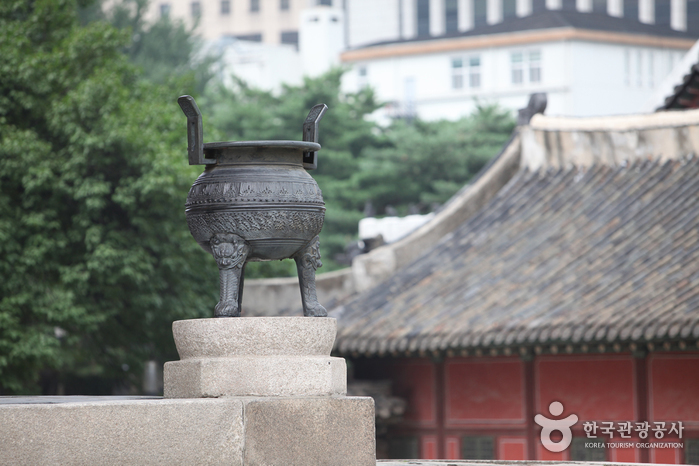
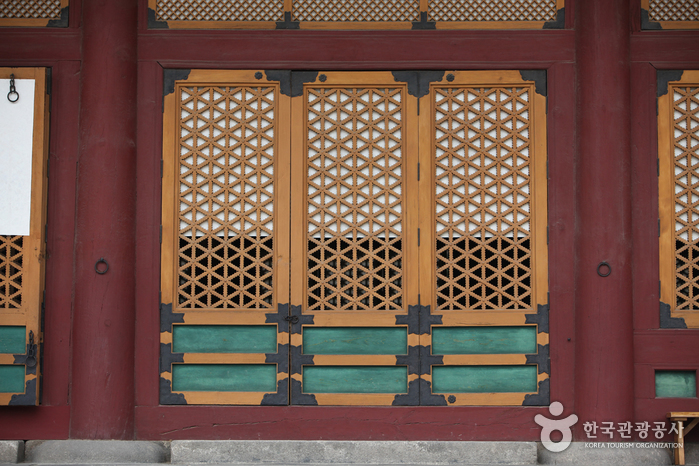
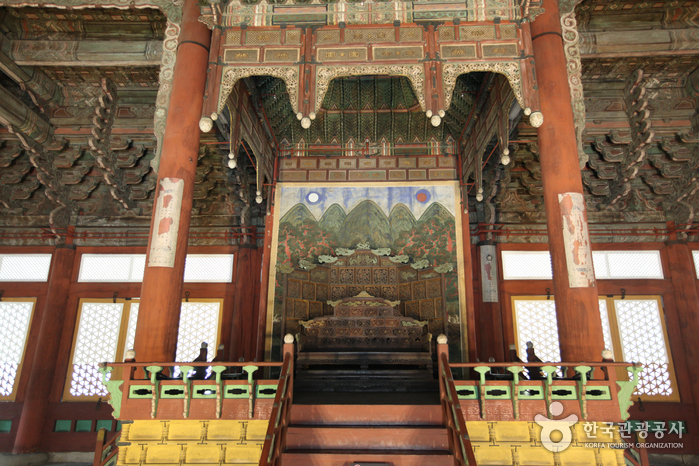
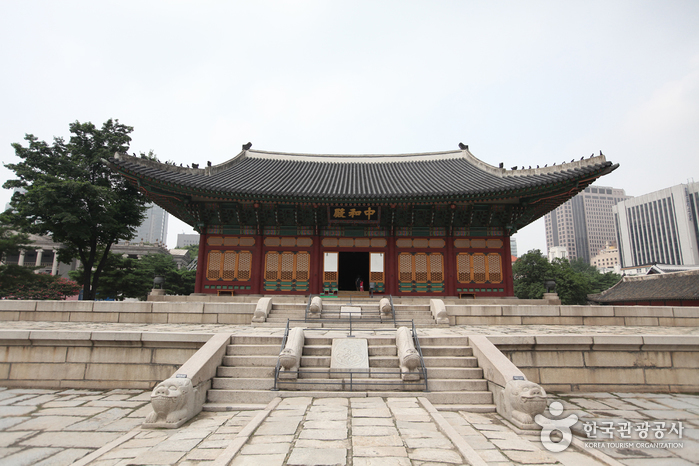
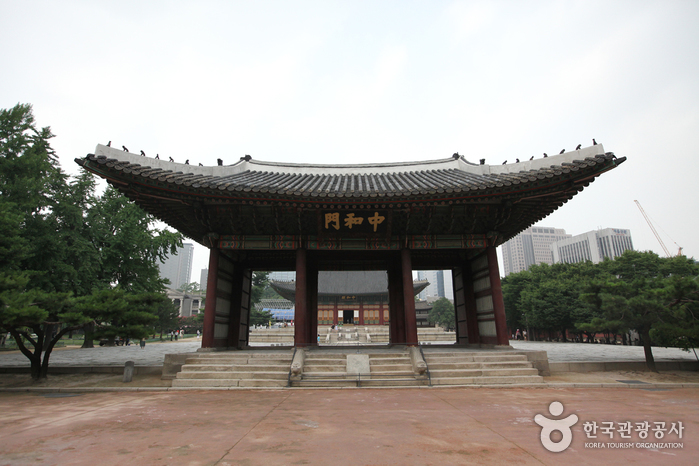
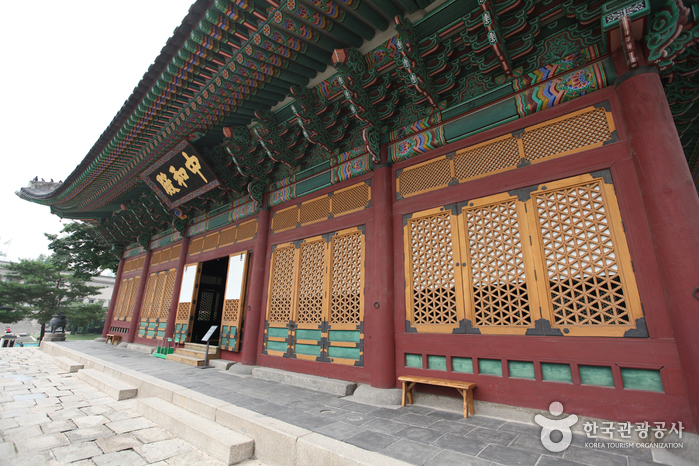
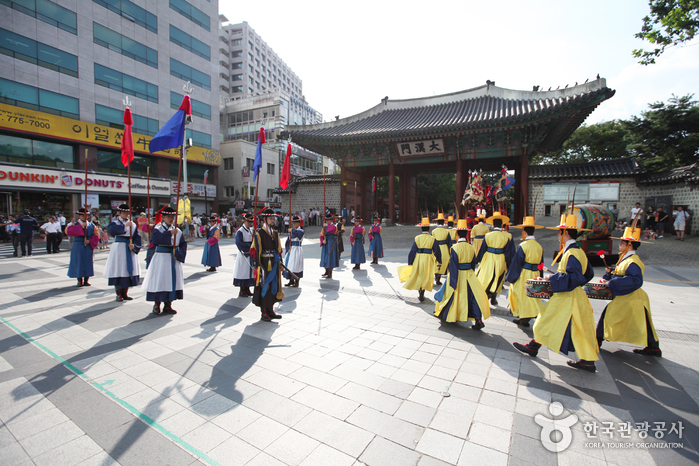
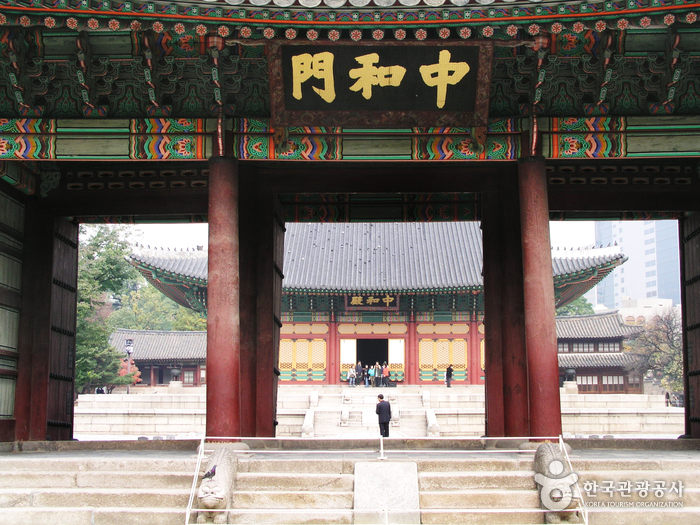
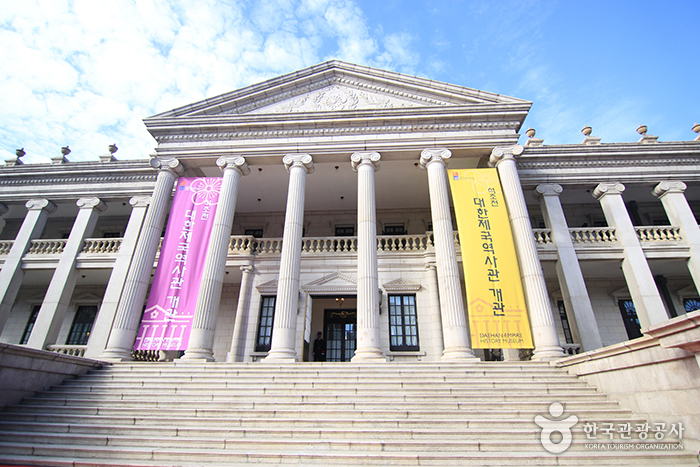
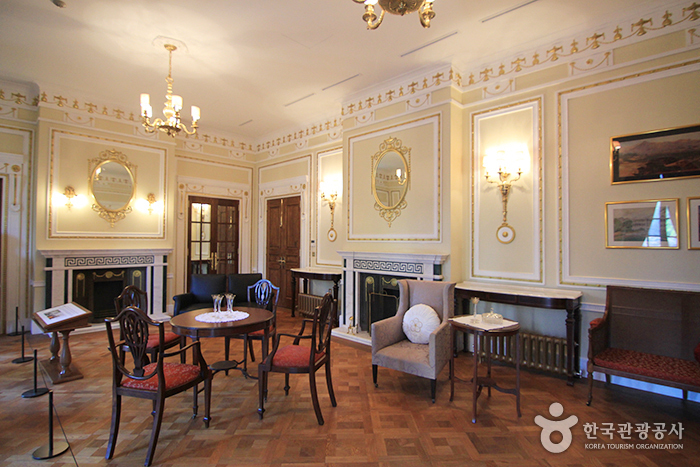
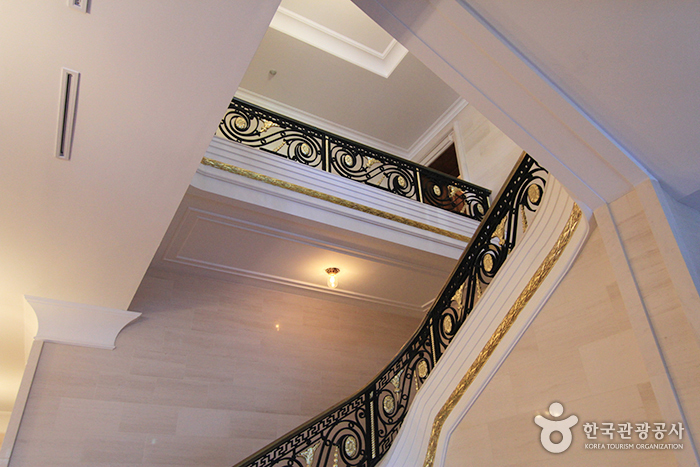
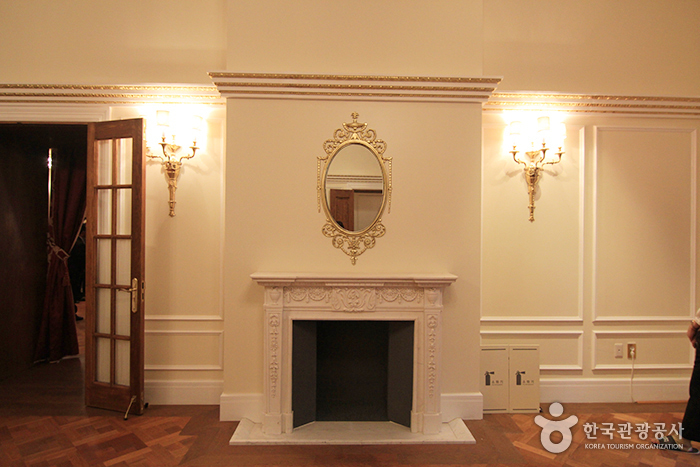
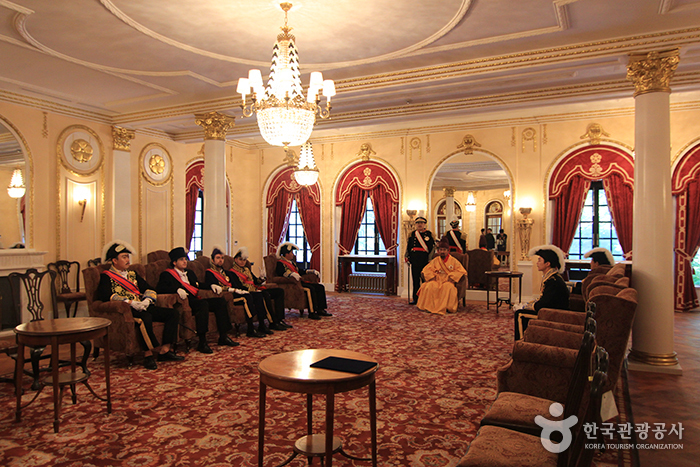
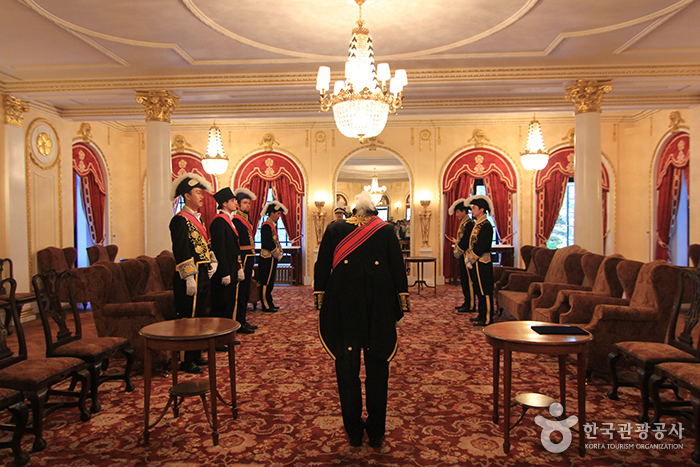
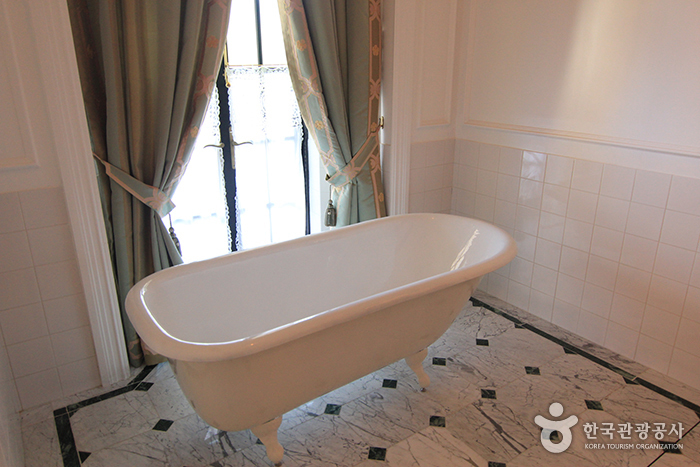
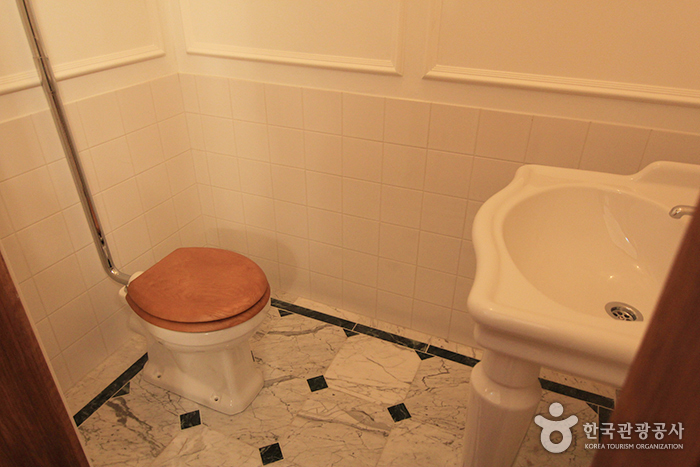
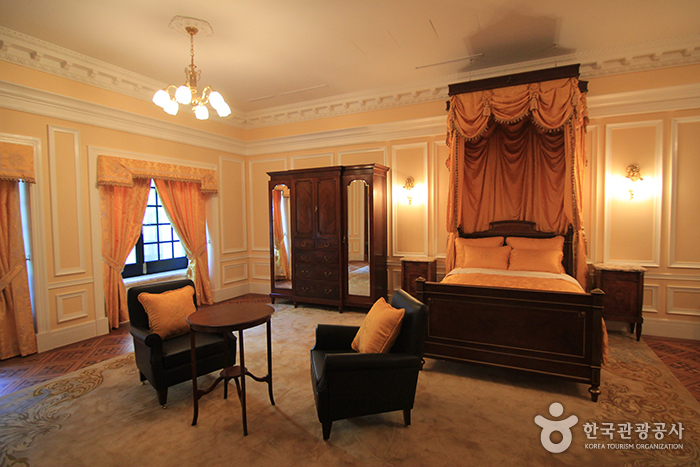
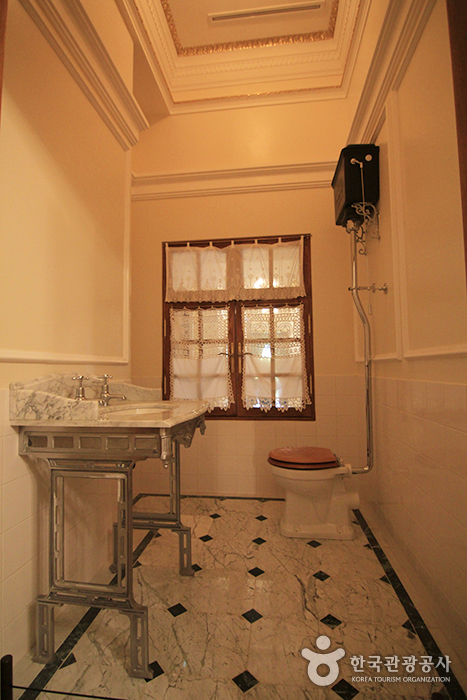
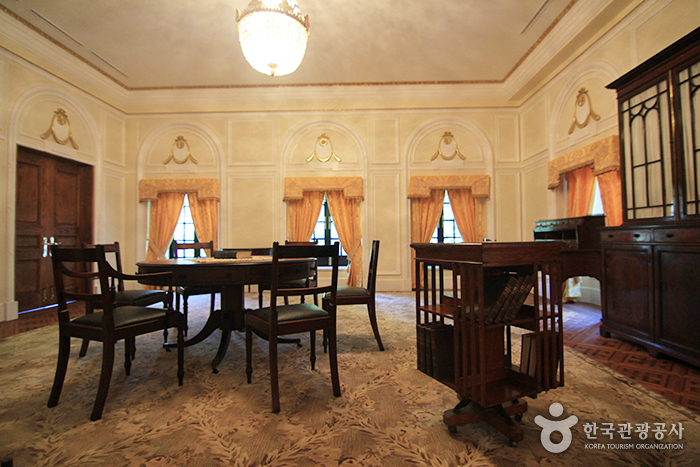
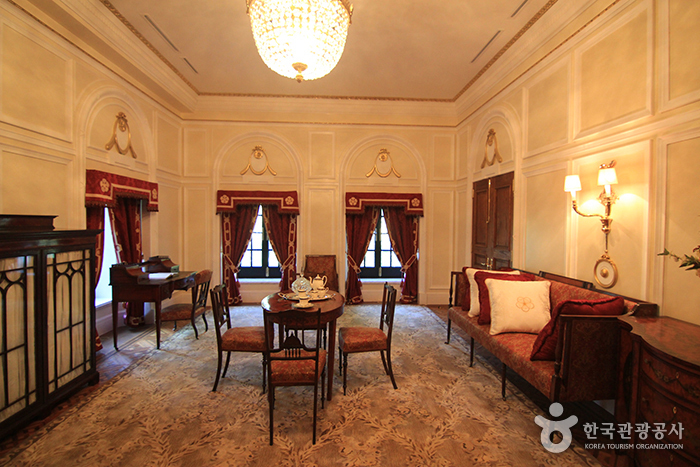
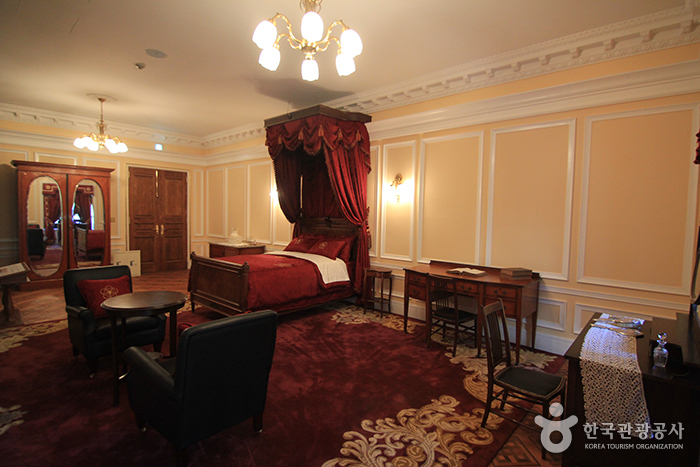
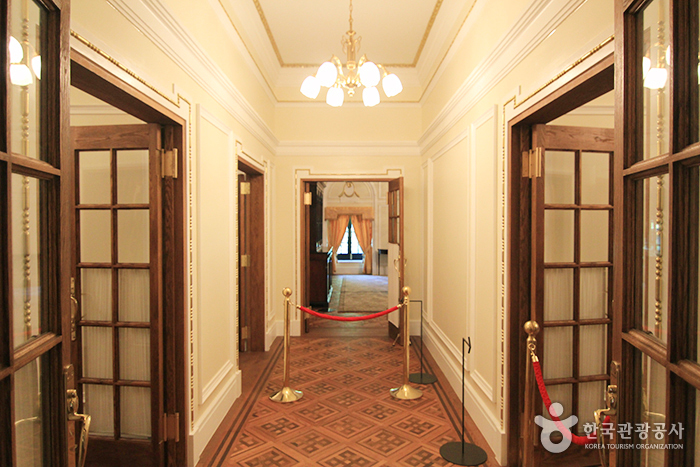
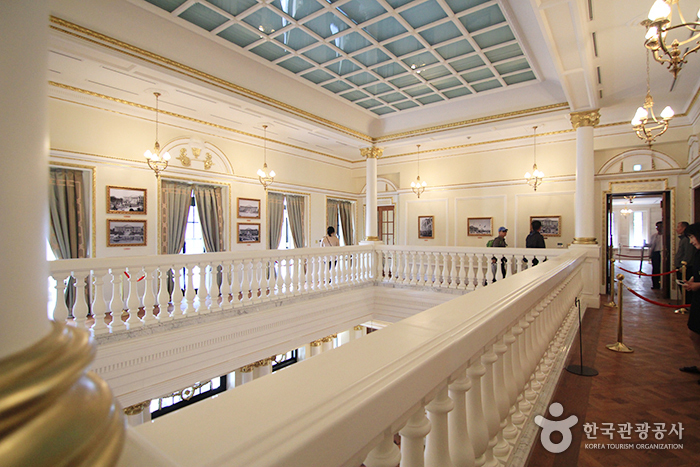
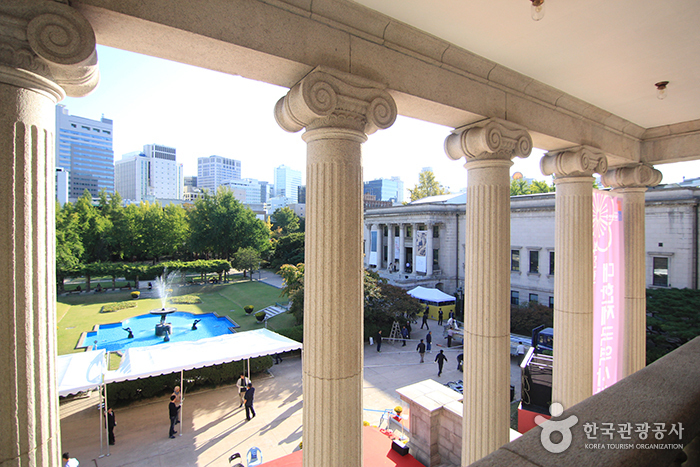
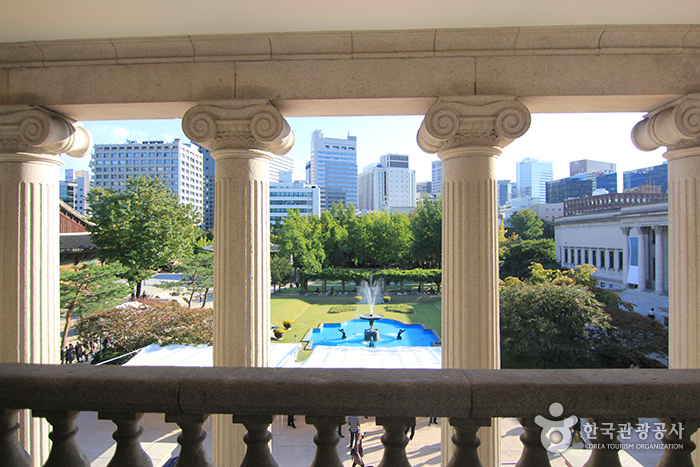
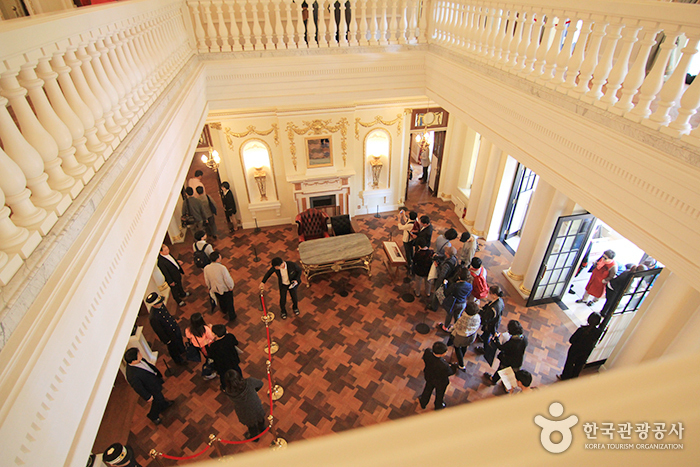
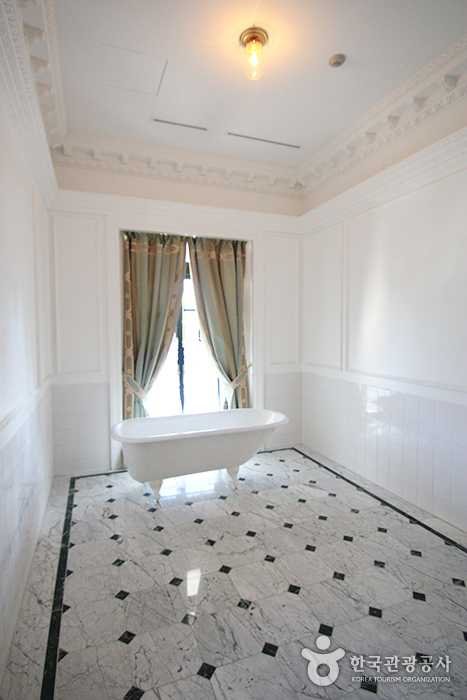
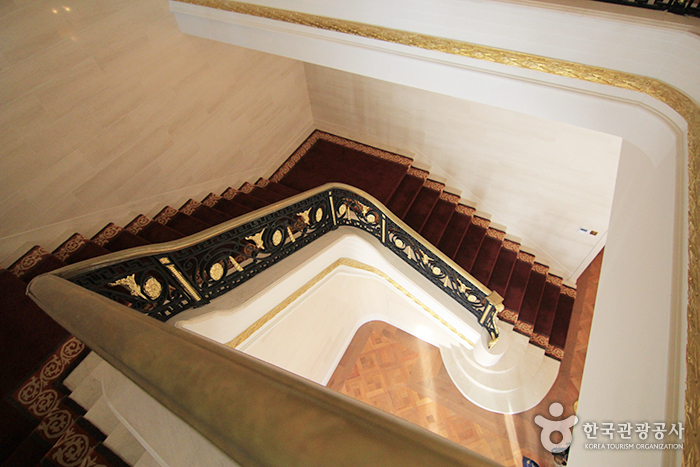
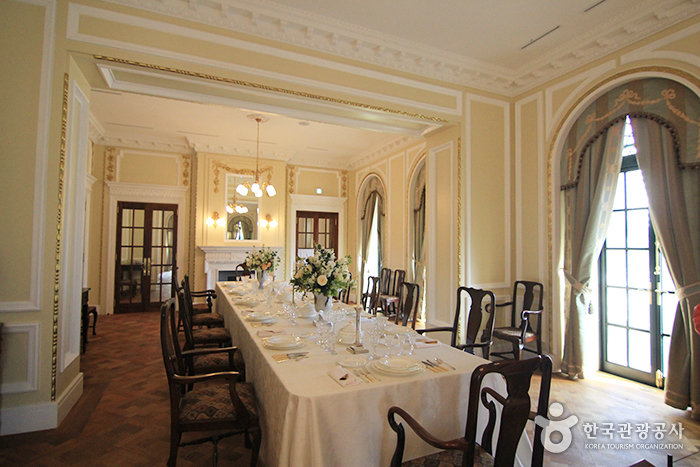
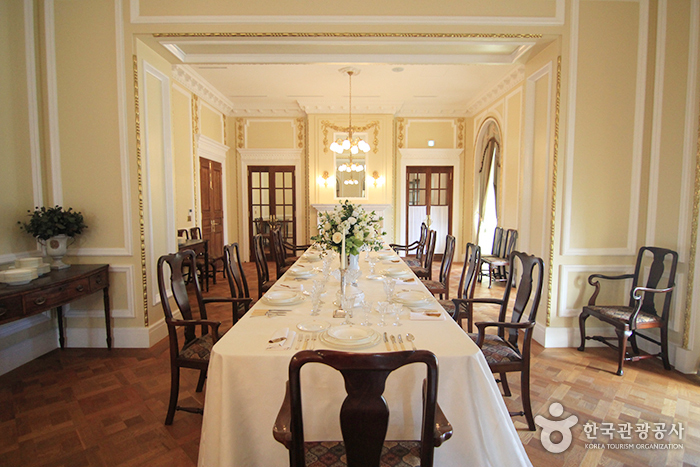
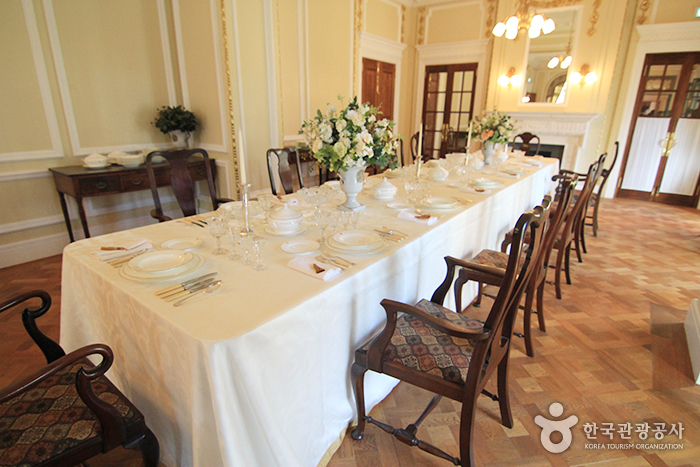
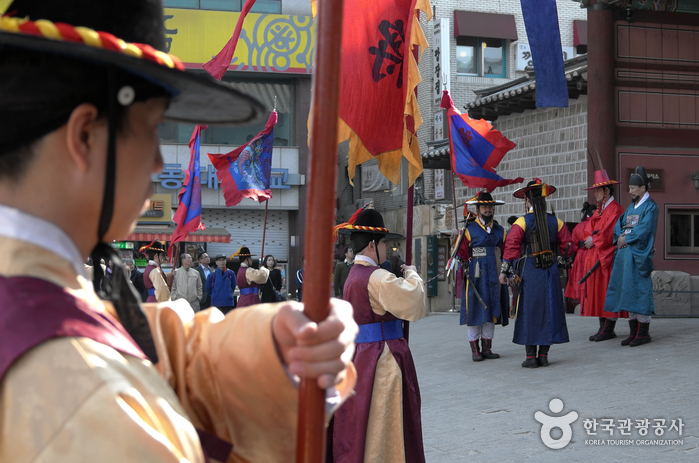

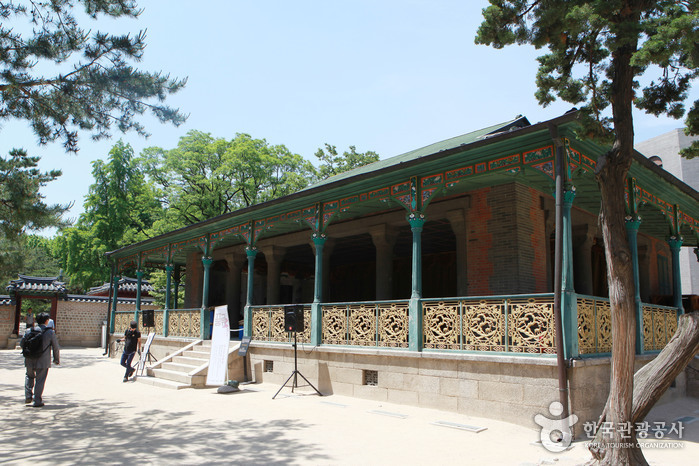
'!!...Travel(en)' 카테고리의 다른 글
| [UNESCO World Heritage] Seooreung Royal Tomb (서오릉) (0) | 2016.06.12 |
|---|---|
| Changdeokgung Palace and Huwon (창덕궁과 후원) [UNESCO World Heritage] (0) | 2016.06.12 |
| Gwanghwamun Gate (광화문) (0) | 2016.06.08 |
| Sinsadong Garosu-gil Road (신사동 가로수길) (0) | 2016.06.08 |
| Gyeongbokgung Palace (경복궁) (0) | 2016.05.30 |